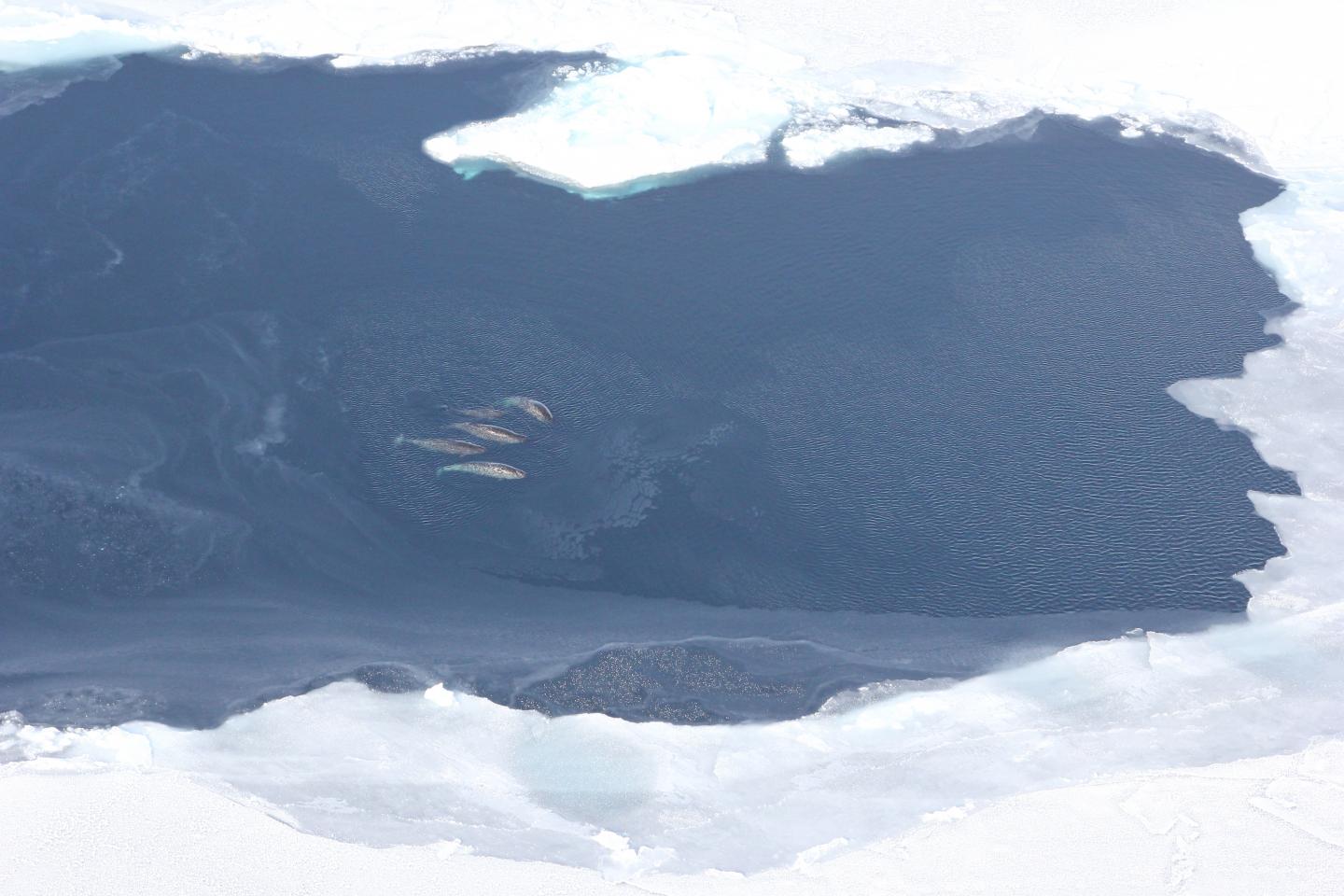Increased arctic shipping traffic to have largest influence on narwhals, new study finds

By Marina Wang
Amid melting sea ice and increased shipping traffic, researchers from the University of Washington have projected which arctic marine mammal populations are most at risk. Along the fabled Northwest Passage and Northern Sea Route, narwhals turned out to be the most vulnerable of species and polar bears the least.
The study, published this week in PNAS, assessed 80 subpopulations of seven marine mammal species based on their spatial use and sensitivity to vessel traffic. 42 of the 80 subpopulations would be affected, and narwhals, belugas, and bowhead whales were found to be the most at-risk species.
“Narwhals have all the traits that make them vulnerable to vessel disturbances — they stick to really specific areas, they’re pretty inflexible in where they spend the summer, they live in only about a quarter of the Arctic, and they’re smack dab in the middle of shipping routes,” said Kristin Laidre, a polar scientist who co-authored the study. “They also rely on sound, and are notoriously skittish and sensitive to any kind of disturbance.”
Polar bears were found to be the least vulnerable, as they were the least exposed to vessel traffic and less sensitive to their presence.
The study also highlighted two geographically important areas: the Bering Strait and eastern Canadian Arctic, as these areas represent “bottlenecks” where both shipping vessels and migratory marine mammals pass through.
The researchers hope their study can influence future guidelines regarding navigating the Bering Strait, inform policies to protect marina mammals, as well as highlight areas for further study. “I think we can learn a lot from areas that have already been thinking about these kinds of conflicts between ships and marine mammal populations –for example the North Atlantic right whale, or fin and blue whales around California,” said Laidre. “We could aim to develop some mitigation strategies in the Arctic that help ships avoid key habitats, adjust their timing taking into account the migration of animals, make efforts to minimize sound disturbance, or in general help ships detect and deviate from animals.”



